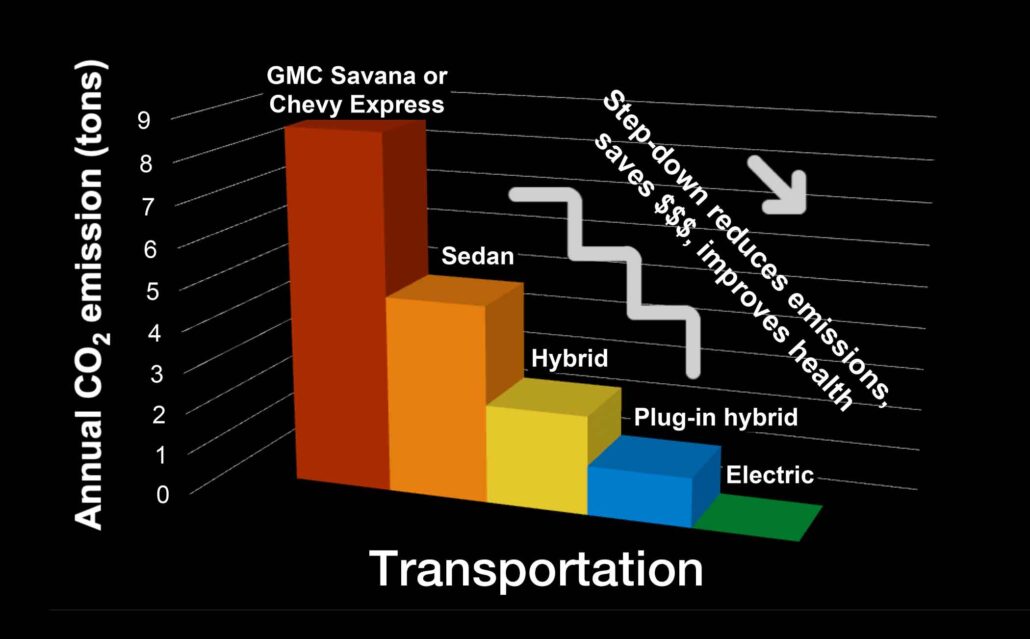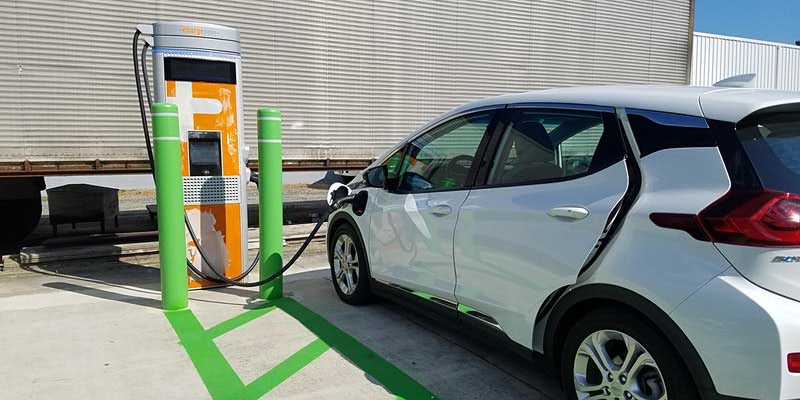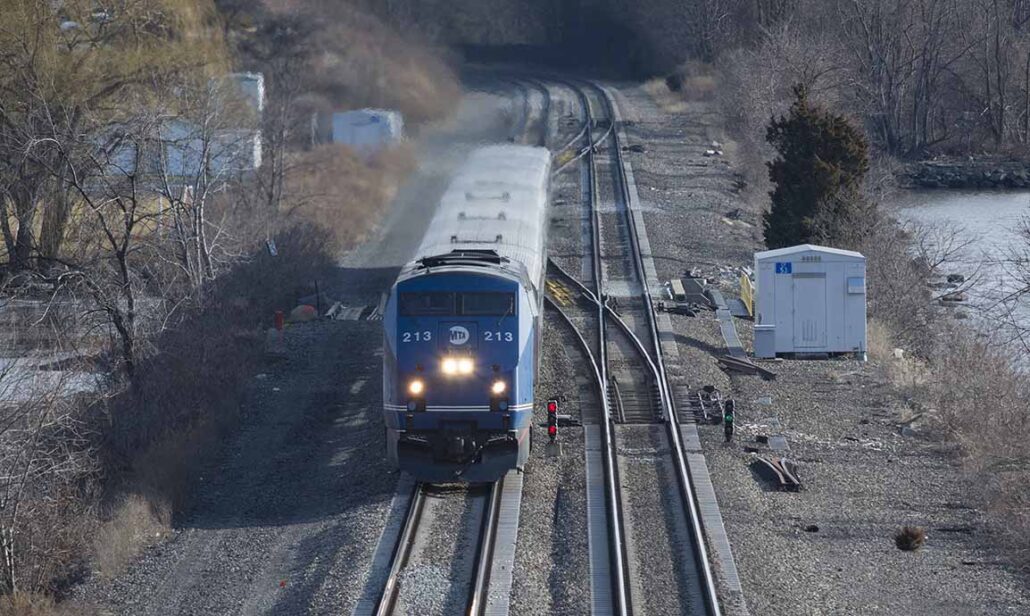Global Warming & Transportation
Transportation, powered primarily by fossil fuels, is one of the greatest causes of global warming in our area. Automobiles, trucks, and airplanes emit massive amounts of carbon dioxide on a daily basis, trapping more of the sun’s warmth and altering our climate in ways we are only beginning to understand. A rapid shift from fossil fuels to clean, renewable electric transportation is essential to reversing global warming, improve our health, and at the same time, save money.

from a large SUV at 8 tons/year, all the way down to 0 emissions for an EV!
Electric Vehicles (EVs)
Personal Vehicles
Make your next car a hybrid, plug-in hybrid, or fully electric vehicle. You’ll spend less on transportation over the vehicle’s life, breathe cleaner air, reduce your carbon footprint, and spend virtually no time at gas stations and repair shops. Internal combustion engine (ICE) vehicles have roughly 2,000 moving parts. Moving parts break. That’s why they require maintenance and repair. That costs money and time at the repair shop. Electric vehicles have only about 20 moving parts. They have no engines, no engine oil, no transmissions, and no exhaust systems. Over the life of a vehicle, EVs require a small fraction of the maintenance required by ICE vehicles. Learn more on our Electric Vehicle page.

School Buses & District Vehicles
Even school buses are going electric, and the benefits are many! Electric school buses require far less maintenance. They produce no fumes as they pick up, carry, and drop off our children, whose developing lungs are much more vulnerable to the heavy particulate matter that results from diesel-fueled buses. Most school buses drive a limited number of miles in a day, and sit idle all night — that allows nighttime charging and makes electric school buses an excellent choice!
Government Fleets
Town and county governments can purchase hybrid and electric vehicles at discounted prices. Many government vehicles drive only during business hours, and sit idle all night — making EVs a perfect choice that allows nighttime charging. New York State offers grants to local governments purchasing EVs or installing EV charging infrastructure.
Actions:
- Download Drive Electric Hudson Valley’s FAQ sheet, and visit Drive Electric Hudson Valley to learn more.
- Purchase an EV. For two-car households, an EV is an easy choice. According to the Federal Highway Administration, U.S. motorists drove an average of 39 miles per day before the pandemic. For around town or mid-range trips take the EV. Reserve the ICE vehicle for long-range trips.
- Learn more about available NYS rebates and federal tax credits.
- Plan to purchase an EV. Don’t wait until your car dies and you need to replace it immediately. Prepare in advance. Find the EV you might purchase tomorrow, if need be. Use the Replacement Plan template from our 100% Renewable Energy Toolkit to learn how.
- Write to your local school board and suggest electric school buses for future purchases. Contact janet@sustainableputnam.org for more information.
Try Ride Sharing!
511NY Rideshare assists individuals with finding easy, affordable and sustainable alternatives to driving alone. Their ridematching platform helps travelers connect with the community to find carpools to join based on their trip criteria and profile preferences.
To find a carpool match, travelers can enter their start and end locations in the 511NYRideshare tool, left. Rideshare members can also access additional benefits such as vanpool formation and the Guaranteed Ride Program. Visit 511NYRideshare.org today!
Public Transportation
Our car-centered culture has often neglected those who do not or can not drive. Differently-abled, young, and elderly residents often need assistance to get where they need to go for employment, shopping, medical, and social needs. Widely-available, affordable public transit is essential, and as our population ages, we can expect demand to rise in the years to come.
Take public transportation – bus or train – whenever possible. Remember that if you wind up spending more money, it’s because you’re paying the real cost of transportation: unsubsidized by externalities such as fossil fuel extraction and burning pollution, and government subsidies. If you find it wanting, let your local government representatives know you value better mass transit.

Actions:
- Try the Putnam Area Rapid Transit (PART) bus system and find other inter-county mass transit options such as Metro-North and Westchester County’s Bee-Line bus service at 511NYRideShare.
Infrastructure
Our local infrastructure must also transition to a more sustainable footing. The transition to electric vehicles, bicycles, and more walking will require near and long term modifications. For example, many more public and private EV Charging stations will be necessary for EVs in shopping areas, libraries, and schools. Additional bicycle lanes will be needed on roadways, while parking lots at shops, businesses, libraries, and schools may require improved and more secure bicycle racks.
Actions:
- Need access to a publicly available charging station at work or in town? Need a bike lane or shopping area bicycle rack? Help us start a campaign. Contact us at info@sustainableputnam.org.
Transportation is the single largest sector of carbon emissions for most residents in our region. It’s greater than home heating, electricity, food, or waste. If you’re in the market for a new car, or are able to eliminate a vehicle from your household fleet, the positive impacts you’ll create for our air quality, our health, and global warming will be immediate and dramatic. We Americans drive a lot, and much of our driving — even in EVs — is unsustainable. With internet-based technology, such as video conferencing, we can dramatically reduce the time and money we spend sitting inside a vehicle, and spend more time enjoying the company of friends, family, neighbors, and the natural world.
More Information
- NYS Drive Clean Rebate
- Charge NY: NY State support for EVs
- 511NYRideShare
